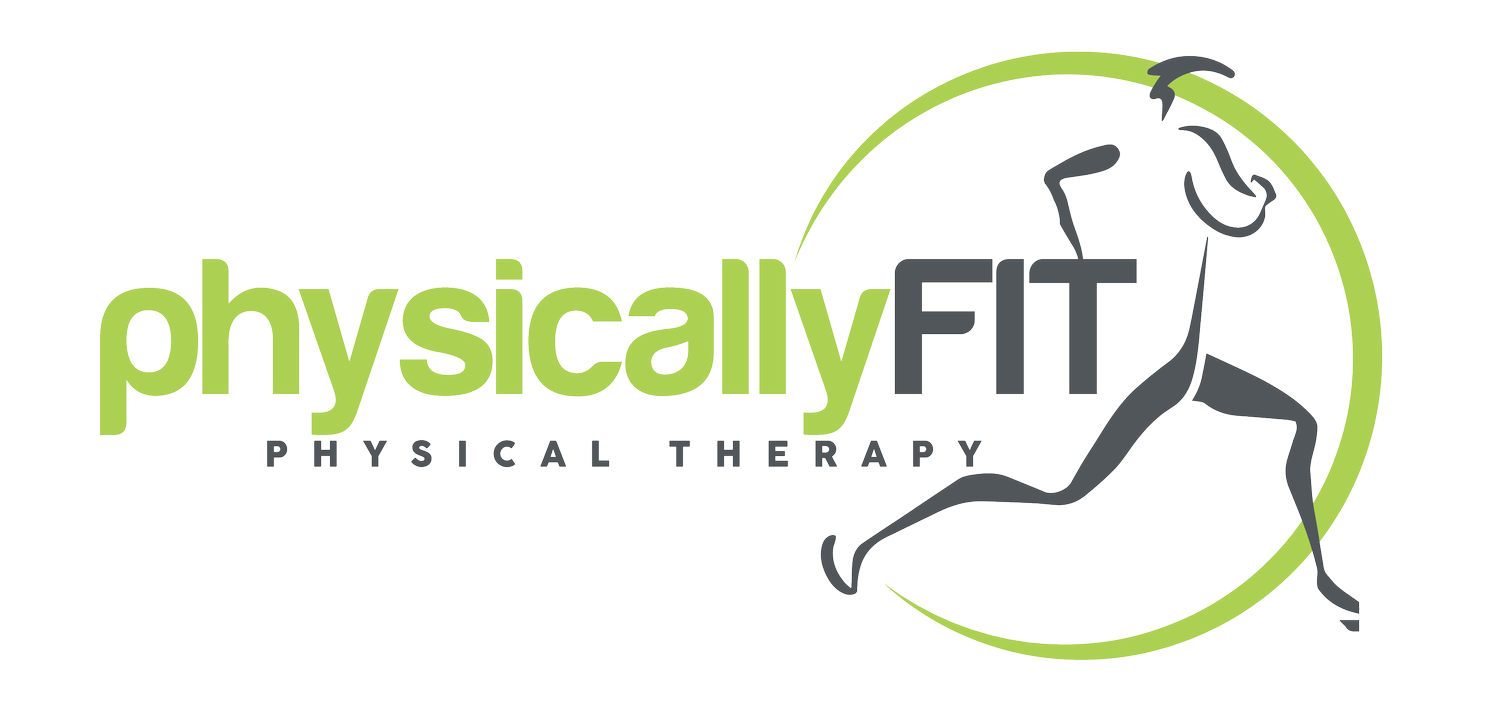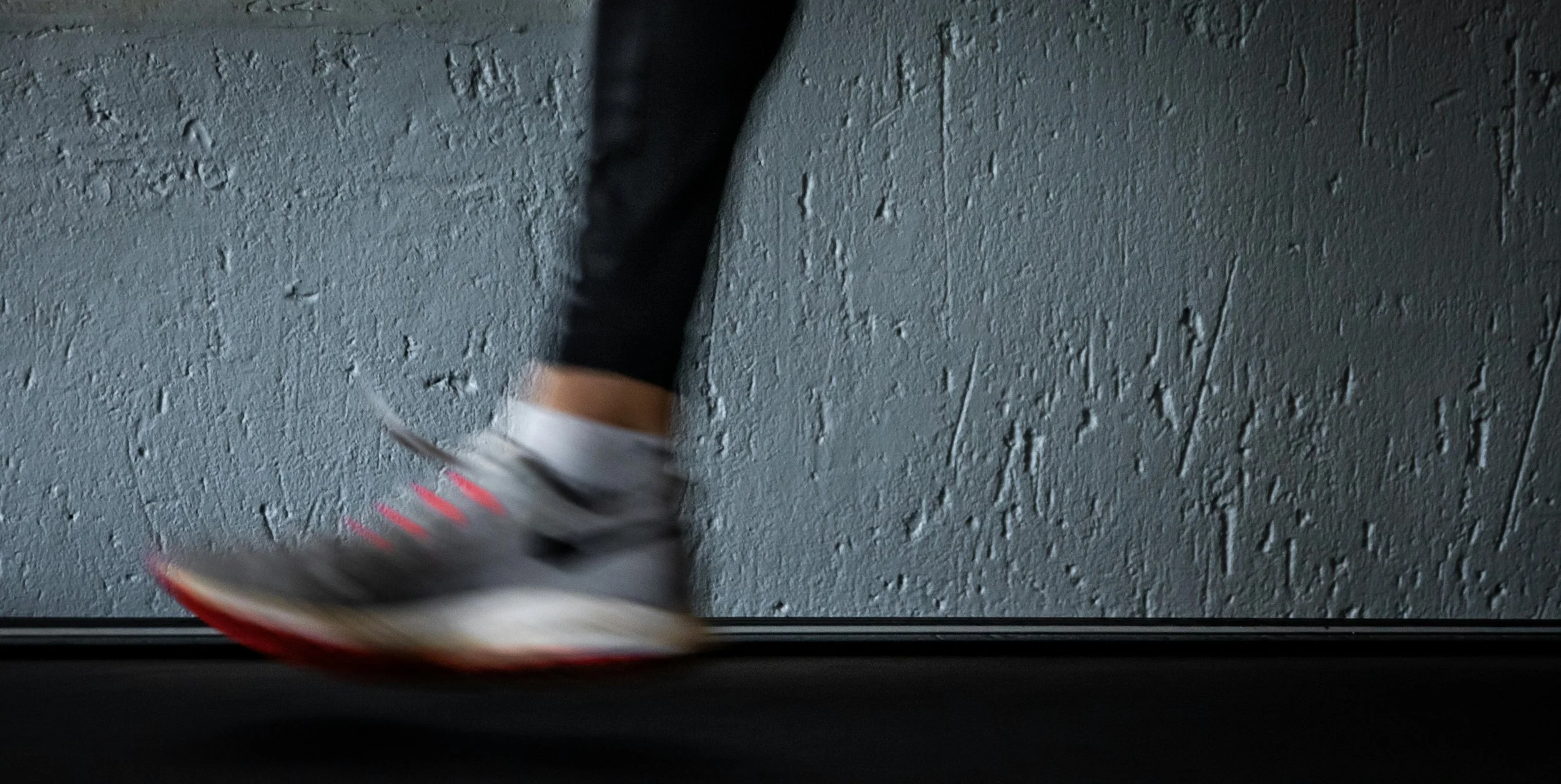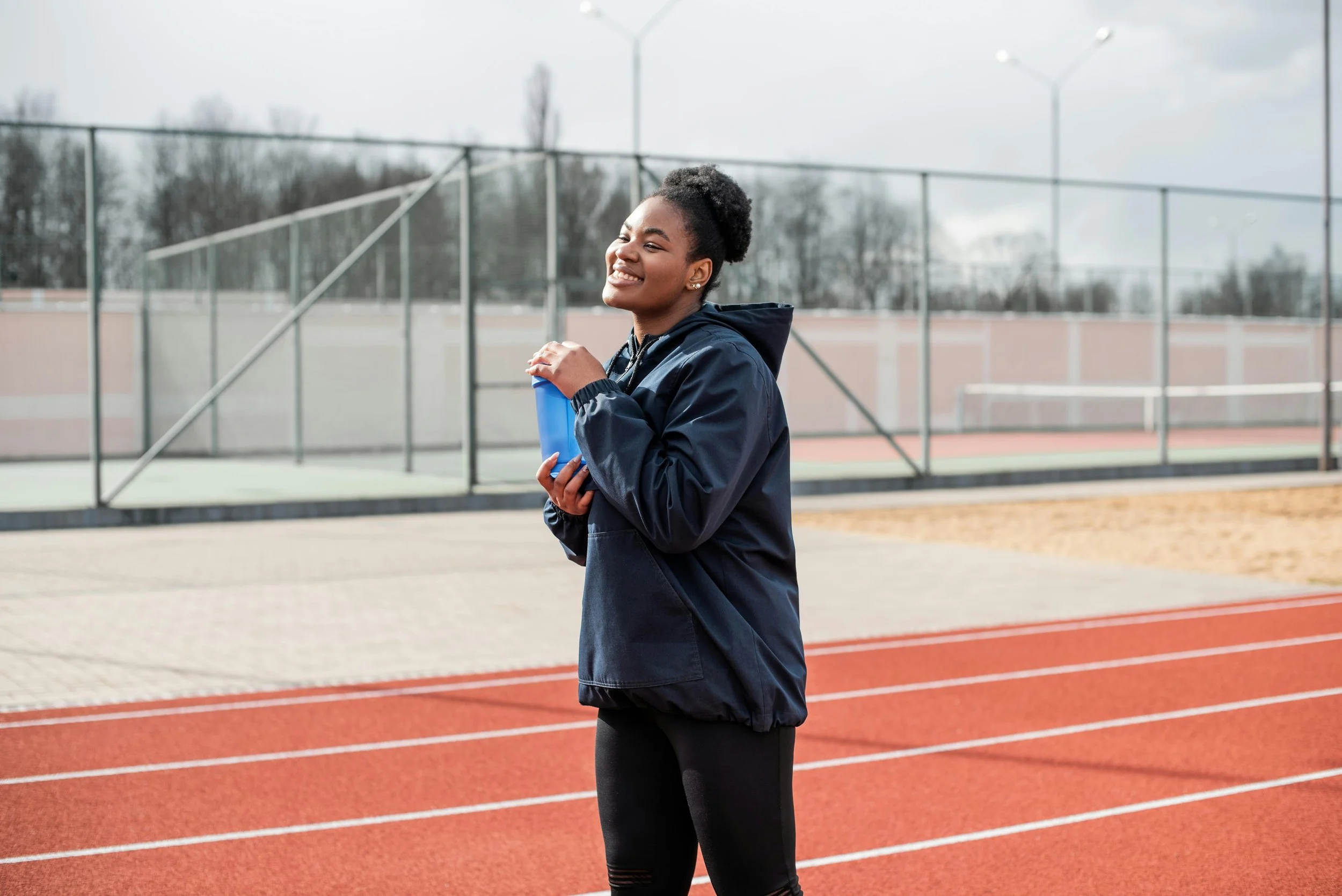What is an Anti Gravity Treadmill: The Complete Guide to NASA’s Revolutionary Exercise Technology
What started as cutting-edge NASA technology to keep astronauts fit in space has become a revolutionary tool transforming rehabilitation and athletic training on Earth. An anti gravity treadmill represents one of the most significant advances in exercise and rehabilitation technology, offering a safe way to maintain fitness while dramatically reducing impact on the body.
Whether you’re a professional athlete recovering from injury, a weekend warrior looking to prevent re injury, or a patient working to restore normal walking after surgery, understanding how this remarkable machine works could be the key to optimizing your rehabilitation and achieving your fitness goals.
Definition and Overview
An anti gravity treadmill is a specialized exercise machine that uses air pressure technology to reduce the user’s body weight during walking or running. The most common type is the AlterG Anti-Gravity Treadmill, which uses NASA-patented Differential Air Pressure (DAP) technology to create a controlled environment where users can exercise with significantly less impact on their joints and muscles.
Users can reduce their body weight from 100% down to 20% in precise 1% increments, allowing for customized treatment plans and training protocols. This precise unweighting capability makes it an invaluable training and conditioning tool for both medical rehabilitation and athletic performance enhancement.
Originally developed by NASA to help astronauts maintain fitness during space flight, this technology has been adapted for earthbound applications and is now FDA-approved for medical and fitness use. The AlterG Anti Gravity Treadmill has become widely adopted in sports medicine centers, physical therapy clinics, and training facilities worldwide, helping millions of patients and athletes recover more effectively and train more safely.
How Anti Gravity Treadmills Work
The process of using an anti gravity treadmill is surprisingly straightforward, though the technology behind it is sophisticated. Users begin by putting on special AlterG shorts over their existing clothing - these neoprene shorts are designed to create an airtight seal with the treadmill chamber.
Once properly dressed, users step inside the fully enclosed treadmill chamber, which features a clear enclosure that zips closed around the specialized shorts. This creates an airtight seal that allows the air pressure system to function effectively while providing visibility for monitoring movement patterns and running form.
The physical therapist or trainer then adjusts the body weight support percentage using precise controls on the treadmill’s interface. The air pressure system creates positive pressure within the chamber, effectively lifting and supporting the lower body to reduce the user’s effective weight on the treadmill belt.
The clear sides and back of the chamber allow healthcare providers to observe gait patterns, running mechanics, and overall movement quality during sessions. Despite the reduced gravity effect, the treadmill operates much like a regular treadmill, with adjustable speed settings that accommodate everything from slow walking for early mobilization to high-intensity running for advanced training purposes.
This setup enables patients to begin weight-bearing activities much earlier in their recovery process while maintaining the therapeutic advantages of reduced impact on healing tissue. The ability to make speed adjustments and modify body support percentage in real-time allows for progressive rehabilitation protocols that can evolve as the patient improves.
Technology Behind Anti Gravity Treadmills
The heart of the anti gravity treadmill lies in its NASA-patented Differential Air Pressure (DAP) technology, which provides precise unweighting through carefully controlled air pressure differentials. This sophisticated pressure regulation system maintains consistent air pressure throughout the session, ensuring reliable and safe body weight reduction.
The advanced calibration system allows for body weight reduction in exact 1% increments, giving healthcare providers and trainers unprecedented control over loading conditions. This precision is crucial for rehabilitation and training purposes, as it allows for gradual progression and fine-tuning of exercise intensity based on individual needs and recovery stages.
One of the most remarkable aspects of this technology is its ability to maintain normal walking and running biomechanics despite the reduced gravity environment. Unlike other bodyweight support systems that use harnesses or suspension, the anti gravity treadmill’s upward air pressure maintains natural movement patterns, allowing users to practice and refine their normal walking and running form.
The treadmill operates through real-time monitoring systems that ensure safety and effectiveness during sessions. Advanced sensors continuously monitor air pressure, user position, and system integrity, automatically adjusting parameters as needed to maintain optimal conditions throughout the exercise session.
This technology represents a significant advancement over traditional rehabilitation methods, offering a level of control and precision that was previously impossible. The ability to reduce gravity’s impact while maintaining natural movement patterns has opened new possibilities for treating everything from sports injuries to neurological conditions.
Benefits of Anti Gravity Treadmills
The therapeutic advantages of anti gravity treadmills extend far beyond simple body weight reduction. These machines offer a comprehensive solution for rehabilitation and training that addresses multiple aspects of recovery and performance enhancement.
The primary benefit lies in the significant reduction of stress and impact on joints, bones, and soft tissues during exercise. By reducing effective body weight, users experience less pain during movement, allowing them to exercise for longer periods and with greater intensity than would be possible under full body weight conditions. This enables earlier return to weight-bearing activities after injury or surgery, dramatically improving rehabilitation outcomes and reducing recovery times.
For patients recovering from lower extremity injuries or surgery, the ability to begin walking and exercising while protecting healing tissue is invaluable. The controlled environment allows muscles to recover effectively while maintaining cardiovascular fitness during the critical early stages of rehabilitation when traditional exercise might cause re injury or delay healing.
The machine also serves as an excellent conditioning tool for maintaining and improving cardiovascular fitness during injury recovery. Athletes and active individuals can continue training at meaningful intensities without risking further damage to injured areas, helping them return to competition faster and in better condition.
For weight loss candidates, the anti gravity treadmill provides a safe way to engage in cardiovascular exercise without the joint stress that often limits exercise capacity in individuals carrying excess weight. The reduced impact allows for longer, more frequent exercise sessions that can significantly improve fitness levels and support healing tissue in overweight patients with joint problems.
The technology also helps retrain normal gait patterns and running mechanics in patients who have developed compensatory movement patterns due to injury or neurological conditions. The reduced weight environment allows for focused work on proper movement patterns without the fear of pain or injury that might otherwise inhibit progress.
Who Can Use Anti Gravity Treadmills
Anti gravity treadmills serve a remarkably diverse population, from professional athletes to patients with significant mobility limitations. The versatility of these machines makes them valuable across multiple healthcare and fitness domains.
Patients recovering from lower extremity surgeries or injuries represent one of the largest user groups. This includes individuals who have undergone joint replacements, ligament reconstructions, fracture repairs, and other orthopedic procedures. The ability to begin weight-bearing exercise while protecting surgical sites accelerates recovery and improves outcomes compared to traditional rehabilitation approaches.
Professional athletes and serious competitors use anti gravity treadmills both for injury recovery and injury prevention. Elite runners, basketball players, soccer athletes, and competitors in many other sports rely on these machines to maintain training volume while reducing the risk of impact related injuries. The technology allows professional athletes to continue high-intensity training even when dealing with minor injuries that might otherwise require complete rest.
Weekend warriors and recreational athletes benefit significantly from access to anti gravity treadmill training. For individuals who enjoy running, hiking, or other high-impact activities but struggle with joint pain or previous injuries, these machines offer a way to maintain fitness and gradually build tolerance for full weight-bearing activities.
The machines are particularly valuable for individuals with joint pain, arthritis, or mobility impairments. Older adults, individuals with chronic conditions, and those dealing with degenerative joint disease can exercise safely and comfortably, often achieving activity levels that would be impossible under normal weight-bearing conditions.
Weight loss candidates seeking low-impact cardio options find anti gravity treadmills especially beneficial. The reduced impact allows for extended exercise sessions that would be uncomfortable or impossible on regular exercise equipment, supporting both weight loss goals and overall cardiovascular health.
Orthopedic, neurological, and geriatric patients in rehabilitation settings use these machines to address a wide range of conditions. From stroke survivors working to restore normal walking patterns to individuals with Parkinson’s disease maintaining mobility, the applications span multiple medical specialties.
Young competitors and student athletes (minimum age 13 years) can also benefit from anti gravity treadmill training, particularly when recovering from sports injuries or working to prevent overuse injuries common in youth athletics.
Research and Clinical Evidence
The effectiveness of anti gravity treadmills has been extensively studied, with research demonstrating significant benefits across multiple populations and applications. A notable 2019 study examined running cadence effects on anti gravity treadmills versus standard treadmills, providing valuable insights into biomechanical differences between the two training modalities.
This research showed a significant, linear decrease in running cadence with reduced body weight, indicating that users naturally adapt their movement patterns to the altered loading conditions. The findings have important implications for rehabilitation protocols, suggesting that cadence retraining should be incorporated into anti gravity treadmill programs to optimize transfer to normal weight-bearing activities.
Studies consistently demonstrate metabolic and kinematic differences between standard and anti gravity treadmill running, highlighting the unique physiological responses to reduced weight-bearing exercise. These differences support the use of anti gravity treadmills for specific training adaptations and rehabilitation goals that cannot be achieved through traditional exercise methods.
Clinical evidence strongly supports the use of anti gravity treadmills for early cadence retraining in rehabilitation settings. Patients recovering from lower extremity injuries or surgeries show improved gait patterns and faster return to normal walking when anti gravity treadmill training is incorporated into their rehabilitation programs.
Research indicates that the majority of users can maintain and increase cadence across all body weight levels, suggesting that the technology effectively supports motor learning and skill development even under altered loading conditions. This finding is particularly important for athletes and active individuals who need to maintain specific movement patterns during recovery.
Multiple studies have documented improved outcomes in patients with neurological conditions, demonstrating that anti gravity treadmill training can effectively support motor recovery and gait retraining in individuals with stroke, spinal cord injuries, and other neurological impairments.
The growing body of research continues to support the integration of anti gravity treadmills into standard rehabilitation and training protocols, with evidence showing benefits for early mobilization, improved functional outcomes, and reduced recovery times across diverse patient populations.





